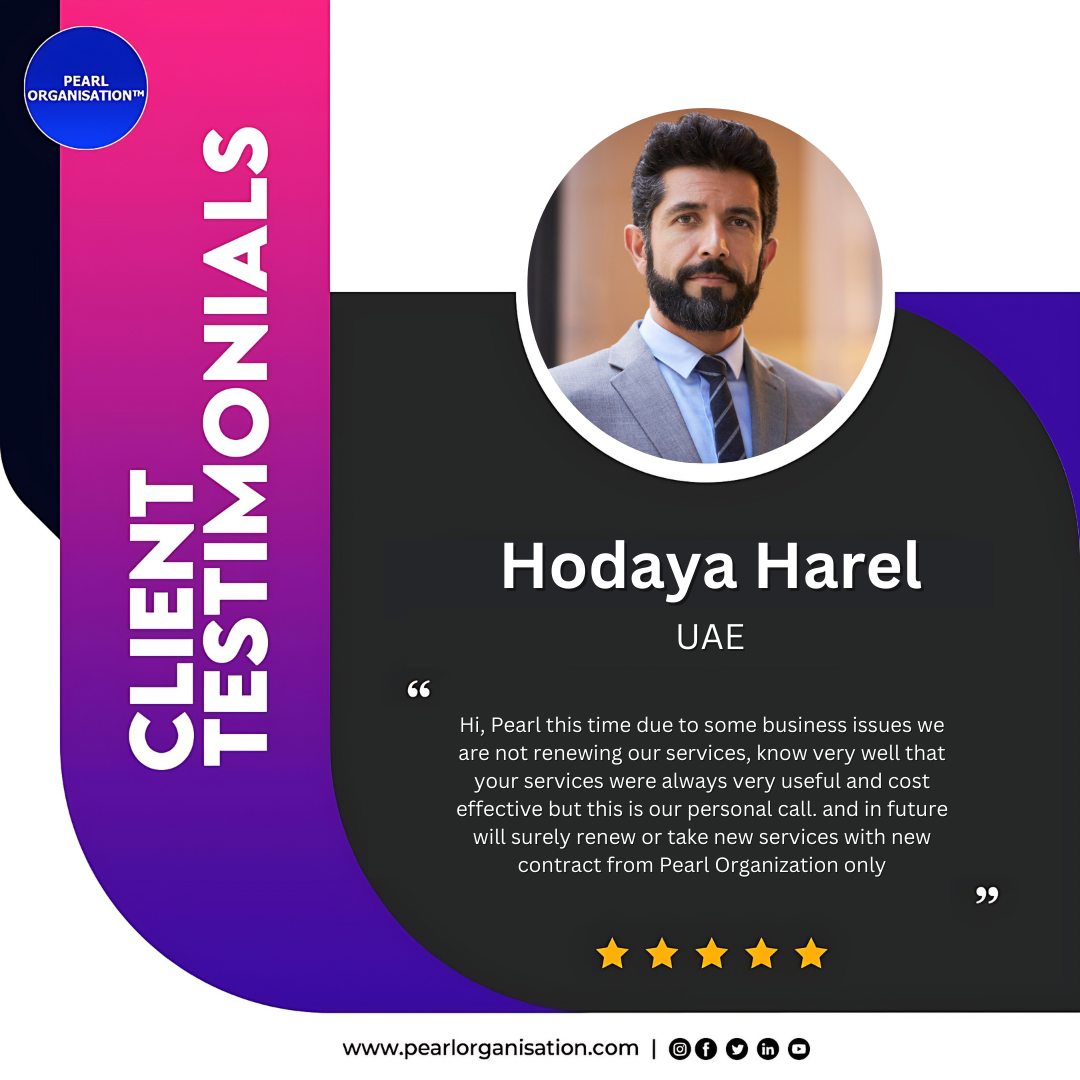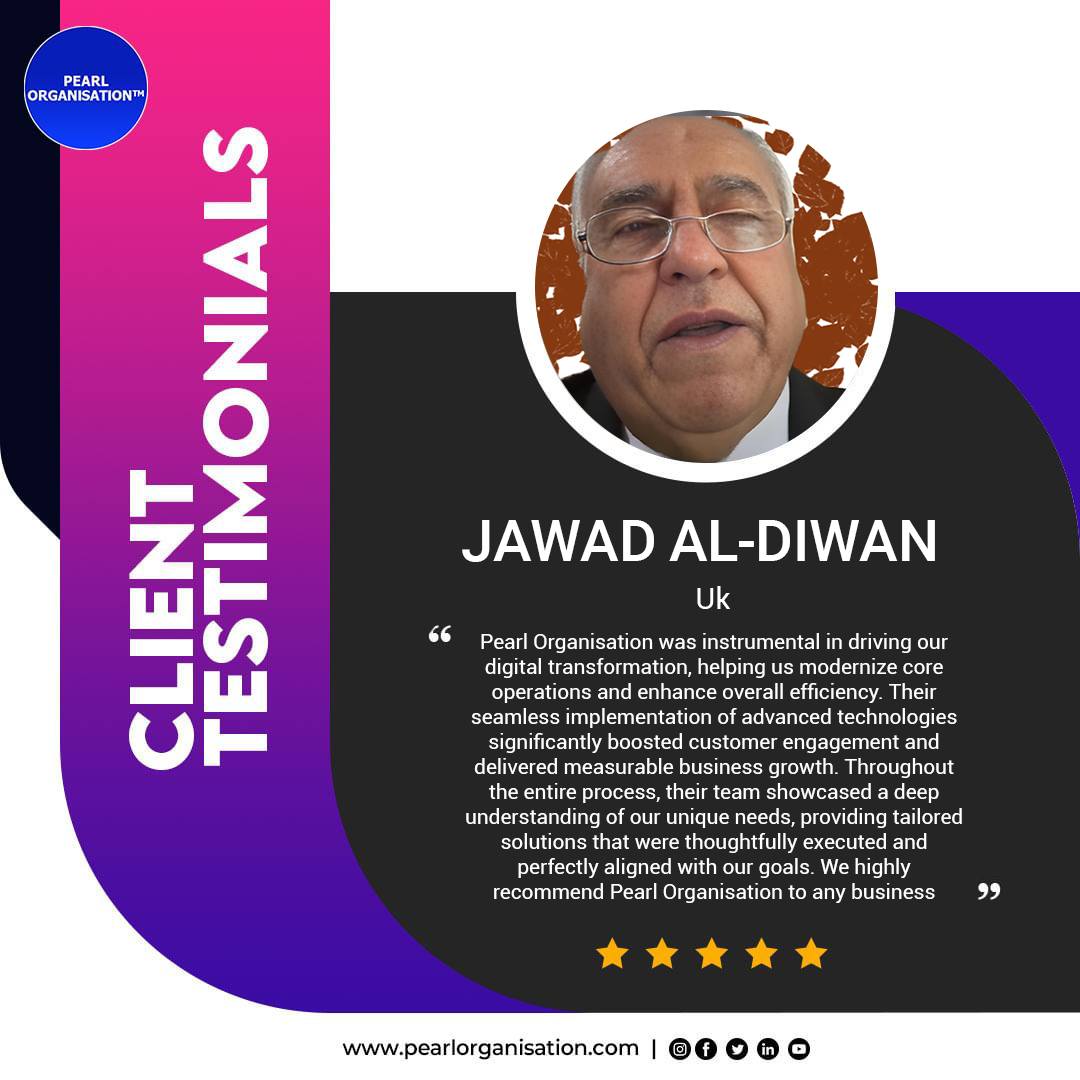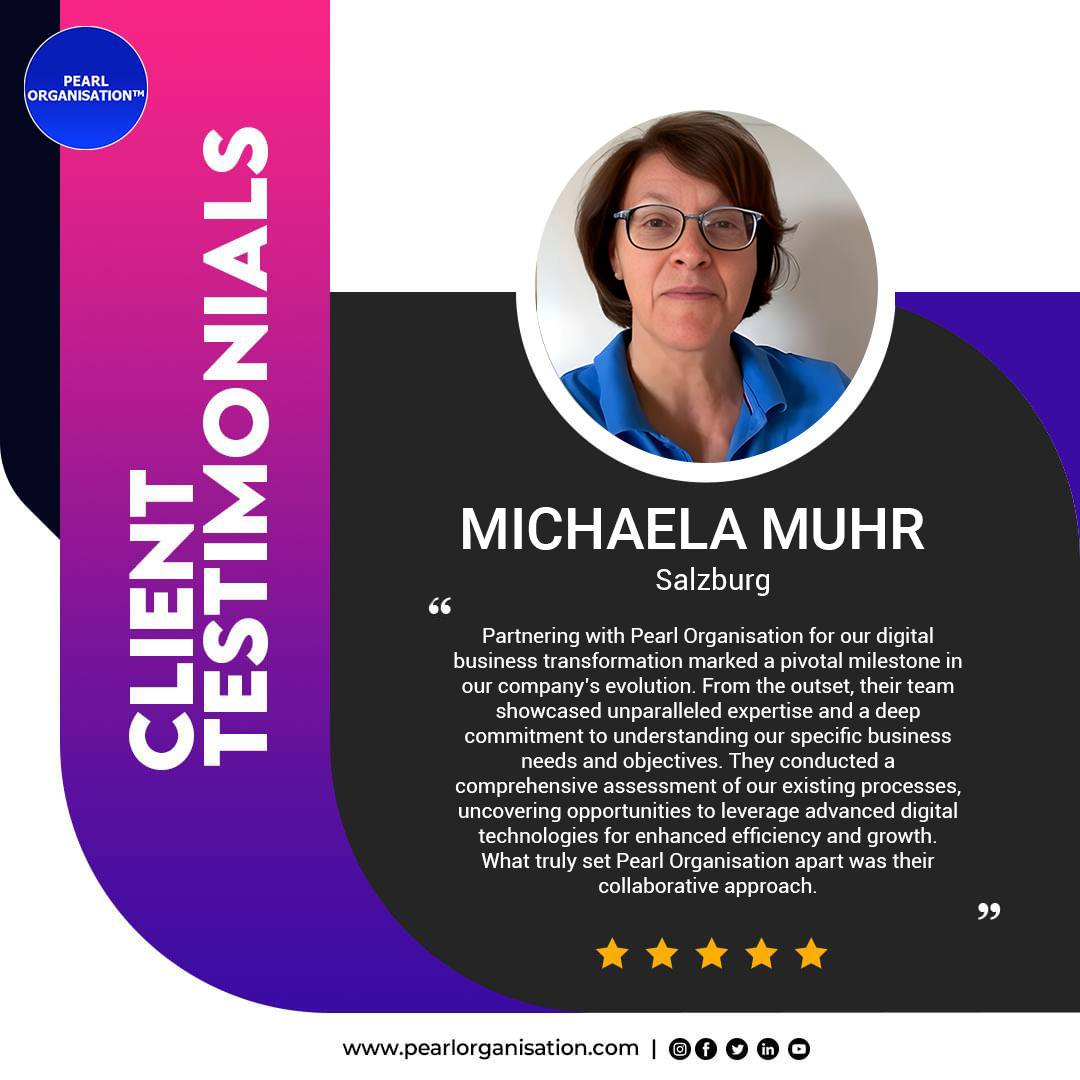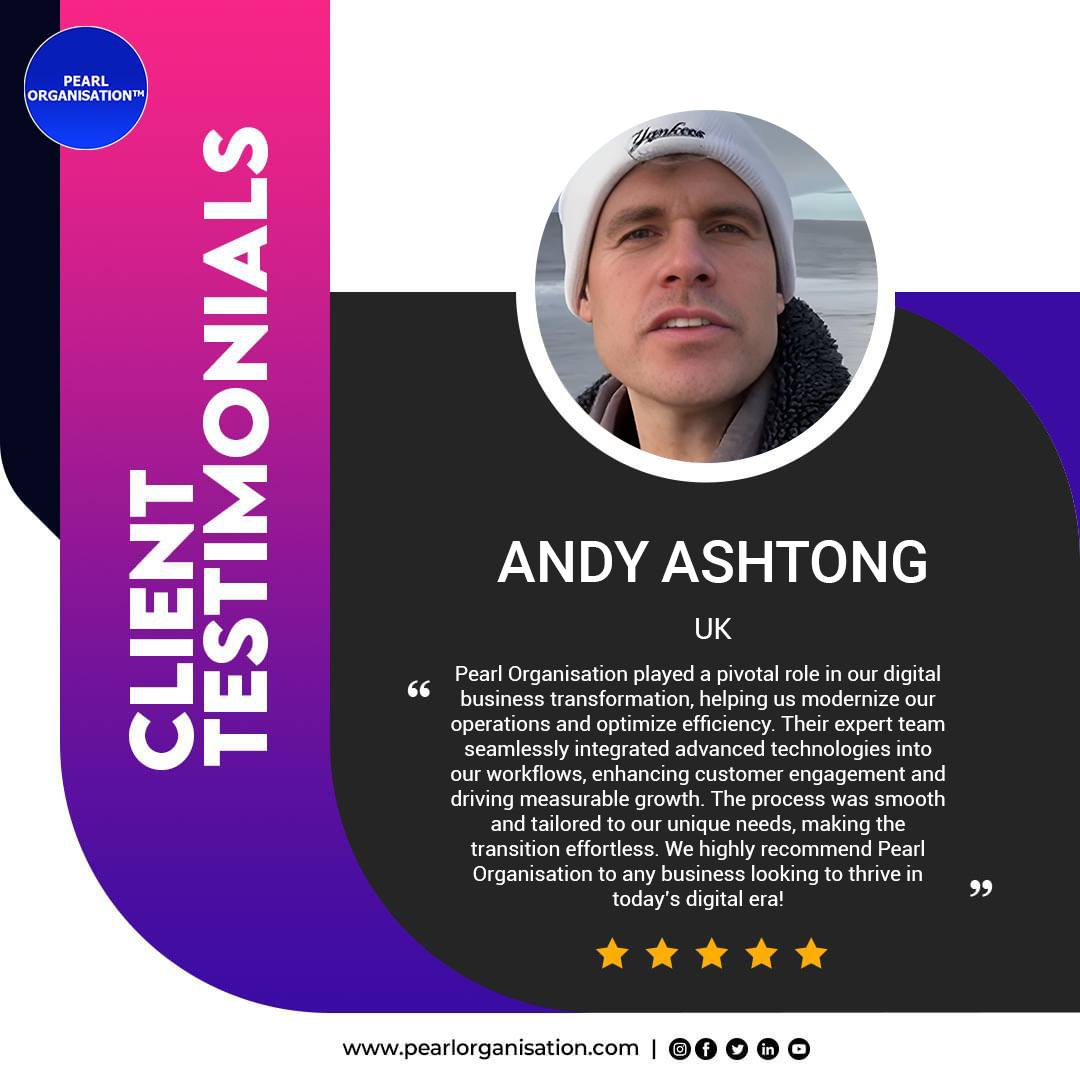The Rise of Hybrid IT Operations and Why It Matters
- Larrisa

- Jul 3
- 5 min read

🌐 Introduction: A New Era of IT Has Emerged
In today’s fast-paced, always-connected digital economy, the demands on IT infrastructure are higher than ever. Organisations must balance performance, flexibility, security, and cost-efficiency—while remaining agile enough to embrace new technologies. This is where Hybrid IT Operations are not just valuable—they are essential.
At Pearl Organisation, we’ve been at the forefront of enabling businesses worldwide to make the leap from legacy systems to hybrid-first infrastructure strategies that combine on-premises, cloud, edge, and SaaS models into a cohesive, smart ecosystem.
🚀 What Are Hybrid IT Operations?
Hybrid IT is an operations model where an organisation runs a mix of:
On-premise systems (for mission-critical or sensitive workloads)
Private cloud environments (for security and compliance)
Public cloud platforms (for scalability and innovation)
Edge computing and SaaS tools (for performance and specialization)
It provides the flexibility to deploy workloads where they make the most sense—based on cost, latency, compliance, or business need.
💼 Why Hybrid IT Is the Future of Business Operations
1. Operational Flexibility
Hybrid IT lets you choose the best platform for each workload. For example:
This reduces vendor lock-in, supports agile deployments, and allows your business to scale smarter.
2. Business Continuity & Disaster Recovery
With hybrid IT:
Redundant systems can span cloud and local environments
Failover becomes seamless
Real-time backups across zones reduce RTO (Recovery Time Objective)
Geo-distributed architectures ensure zero single point of failure
Your operations are resilient and globally available.
3. Enhanced Security & Compliance
Different data types demand different security levels. Hybrid IT enables:
Pearl Organisation ensures compliance with GDPR, ISO 27001, HIPAA, and Australia’s DPDPA.
4. Performance Optimization
Place data closer to users through edge nodes or CDNs. Offload compute-heavy analytics to cloud clusters while retaining real-time processes on-prem. This means:
Faster load times
Lower latency
Better CX across geographies
Pearl designs intelligent workload distribution that enhances every layer of your business.
5. Cost Efficiency
Hybrid IT enables cost control by:
Avoiding full cloud migration costs
Reducing capital expenditure on infrastructure
Matching workloads to optimal pricing models (e.g., spot instances, reserved capacity)
You get maximum value with minimal waste.
🛠️ Pearl Organisation’s Hybrid IT Architecture Capabilities
At Pearl Organisation, we empower businesses to adopt and manage hybrid IT operations with a holistic strategy:
Capability | Details |
Hybrid Cloud Design | AWS, Azure, GCP integration with legacy systems |
Data Center Modernisation | Virtualisation, containerisation, and serverless configurations |
DevOps & Automation | CI/CD pipelines, GitOps, Infrastructure as Code (IaC) |
Cloud-Native & Edge Computing | Microservices, container orchestration (Kubernetes, Docker) |
Monitoring & Observability | AIOps, real-time dashboards, SLO/SLA tracking |
Identity & Access Management | RBAC, MFA, federated login across environments |
Disaster Recovery Planning | Multi-zone backups, DR drills, data replication |
🌍 Real-World Business Impact
Client: Regional Banking Institution
Challenge: Legacy core banking system slowing down digital transformation
Solution:
Core banking system remained on-prem with secure API access
Digital channels (web/app) moved to Azure Cloud
Introduced DevOps CI/CD for deployment velocity
Edge nodes deployed for real-time transaction handling
Impact:
Reduced digital product release cycle by 60%
Improved uptime to 99.98%
Enhanced customer satisfaction by 48% (measured via NPS)
📊 How Hybrid IT Supports Global Trends in 2025
Trend | Hybrid IT Impact |
Remote & Hybrid Workforces | Access systems securely from anywhere |
Cybersecurity Prioritization | Isolate sensitive assets, apply zero-trust principles |
AI & Automation Adoption | Deploy heavy compute to cloud, serve via edge |
Data Sovereignty Laws | Store data locally, process globally |
Industry 5.0 | Real-time systems for manufacturing, healthcare, etc. |
🔐 Security by Design: Hybrid IT the Pearl Organisation Way
We embed security at every layer:
Our managed services ensure you’re always secure, compliant, and in control.
✅ Why Pearl Organisation?
3500+ successful hybrid IT transformation projects
Partnerships with AWS, Microsoft Azure, and Google Cloud
Localisation for Australian data laws and global compliance needs
Expertise across finance, healthcare, logistics, retail, and government sectors
Award-winning engineering, cybersecurity, and cloud-native teams
We bridge the gap between legacy reliability and cloud agility.
🔮 Final Thoughts: Don’t Migrate. Modernize.
In 2025 and beyond, the question is no longer “cloud or on-prem?”—it’s how you can blend both seamlessly. Hybrid IT is not a compromise. It’s an advantage.
Pearl Organisation’s hybrid IT solutions empower you to:
🔗 Ready to build hybrid resilience?
Explore our capabilities: https://www.pearlorganisation.com/
💬 Frequently Asked Questions (Global Scope)
Q1. What is Hybrid IT Operations?
Hybrid IT Operations refer to an infrastructure strategy that combines on-premises systems, private clouds, public clouds, edge computing, and SaaS tools to run workloads in the most efficient, secure, and scalable way possible. It enables businesses to leverage the best of each platform based on the specific needs of their operations.
Q2. Why are businesses shifting to hybrid IT models in 2025?
Key drivers include:
Rising need for scalability and flexibility
Enhanced cybersecurity and data compliance
Desire to modernize without abandoning legacy systems
Cost-efficiency through optimal workload distribution
Greater support for remote work and global expansion
Hybrid IT enables businesses to stay agile, secure, and competitive in dynamic markets.
Q3. How is hybrid IT different from traditional IT or full cloud migration?
Model | Key Characteristics |
Traditional IT | Fully on-prem, high control but low flexibility |
Full Cloud | Fully hosted in public cloud; may face vendor lock-in |
Hybrid IT | Combines both worlds for agility + control |
Hybrid IT is not a halfway solution, but a strategic architecture to run right workloads in the right places.
Q4. What types of workloads are best suited for hybrid environments?
Hybrid environments support:
Pearl Organisation assesses workload sensitivity, performance, and cost before deployment.
Q5. Is hybrid IT secure?
Yes—if implemented correctly. At Pearl Organisation, we integrate:
Zero-trust architectures
IAM (Identity & Access Management)
Endpoint security
Multi-cloud firewalls
Encrypted data-at-rest and in-transit
Real-time monitoring and compliance auditing
Security is embedded at the infrastructure, application, and access layers.
Q6. How does hybrid IT support business continuity?
Hybrid IT enhances uptime through:
Redundant cloud/on-prem data paths
Automated failover systems
Real-time data replication
Disaster Recovery (DR) playbooks
Multi-region cloud distribution
Your business remains resilient during outages, cyberattacks, or surges.
Q7. Can hybrid IT help meet data sovereignty and compliance laws?
Yes. Hybrid IT allows:
Storing regulated data locally (e.g., in Australia for DPDPA compliance)
Processing workloads in compliant cloud zones
Meeting sector-specific regulations like HIPAA, GDPR, ISO 27001
Pearl Organisation’s compliance-first architecture makes regulatory alignment effortless.
Q8. What industries benefit the most from hybrid IT operations?
While every industry can benefit, hybrid IT is especially valuable for:
These sectors require a blend of speed, security, and regulation.
Q9. Is hybrid IT more expensive than cloud or on-premise solutions?
Not necessarily. Hybrid IT can reduce total cost of ownership by:
Migrating only performance-critical workloads to cloud
Retaining stable workloads on legacy systems
Avoiding over-provisioning and long-term cloud lock-in
Enabling cost-efficient DR/backup setups
Pearl Organisation’s hybrid deployments are always cost-optimized for long-term ROI.
Q10. How does Pearl Organisation support hybrid IT transformation?
Pearl Organisation offers:
Architecture planning & consulting
Migration and system integration
Cloud-native development (AWS, Azure, GCP)
Cybersecurity and access governance
24x7 monitoring, optimization, and support
Data compliance enforcement




































